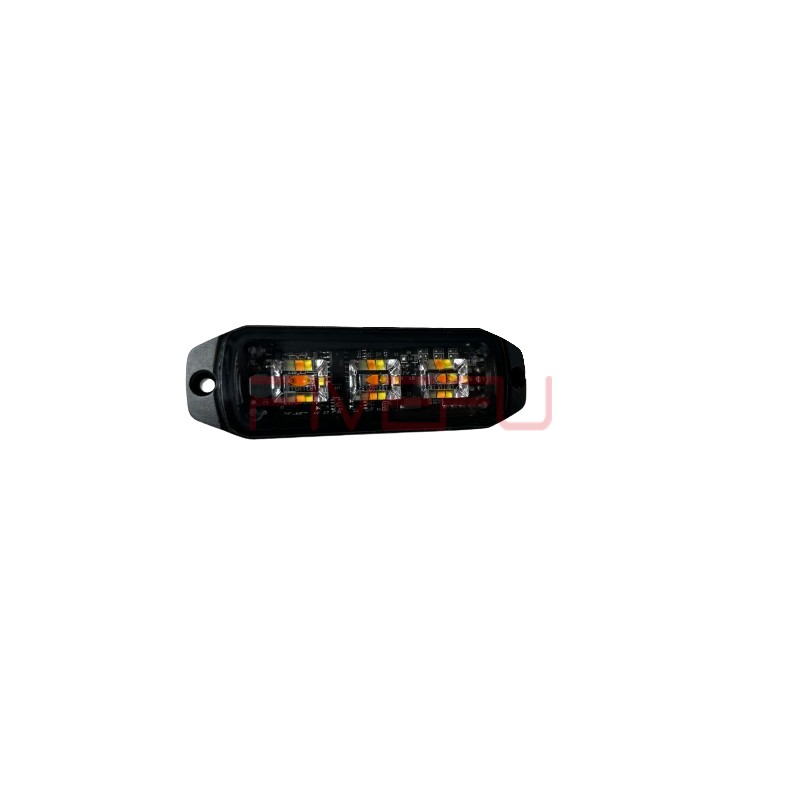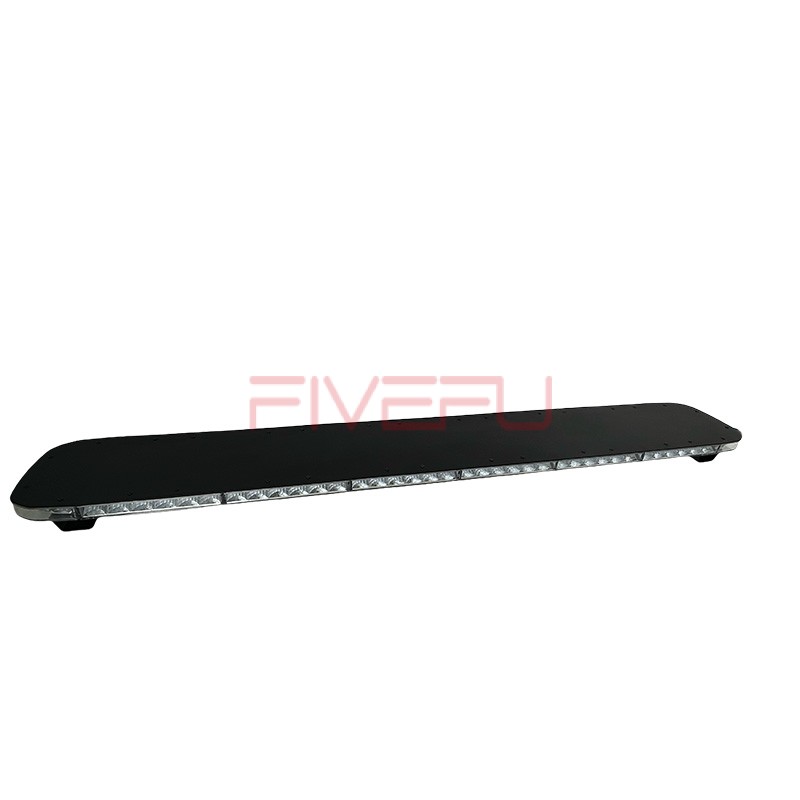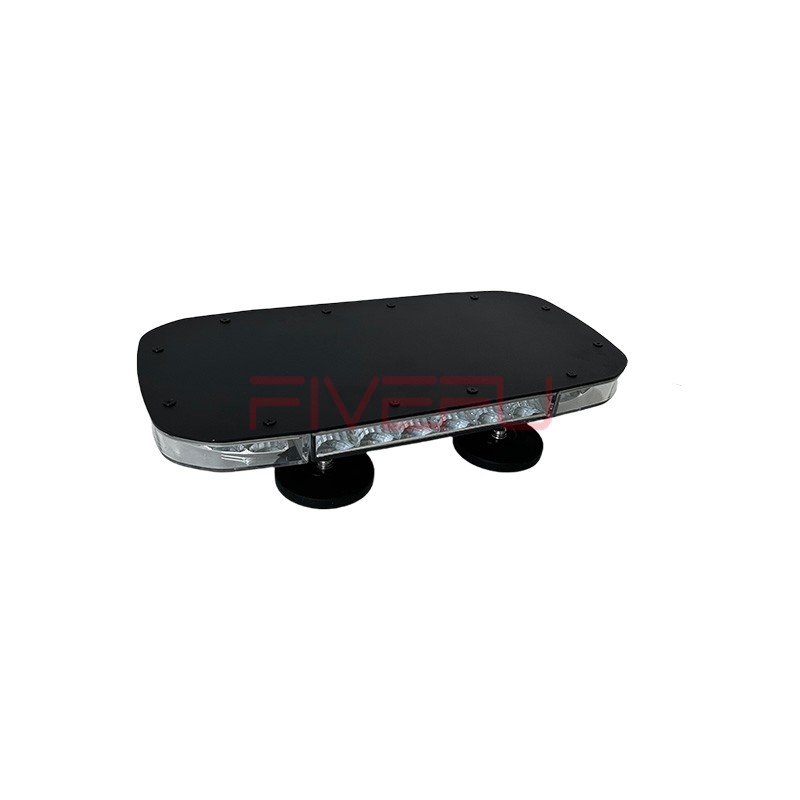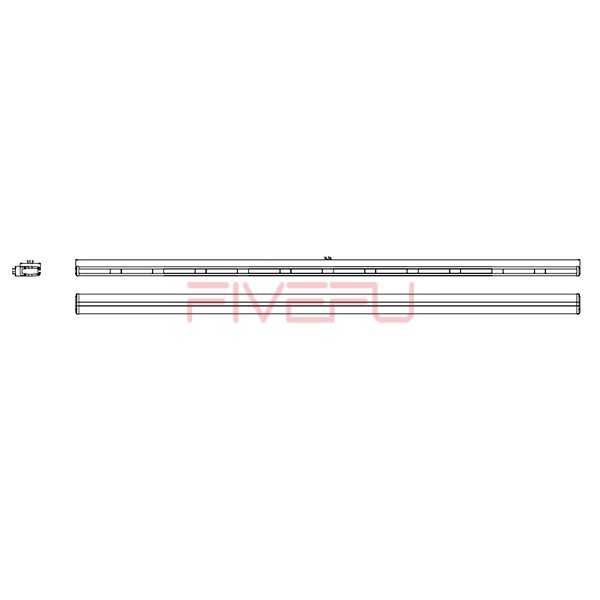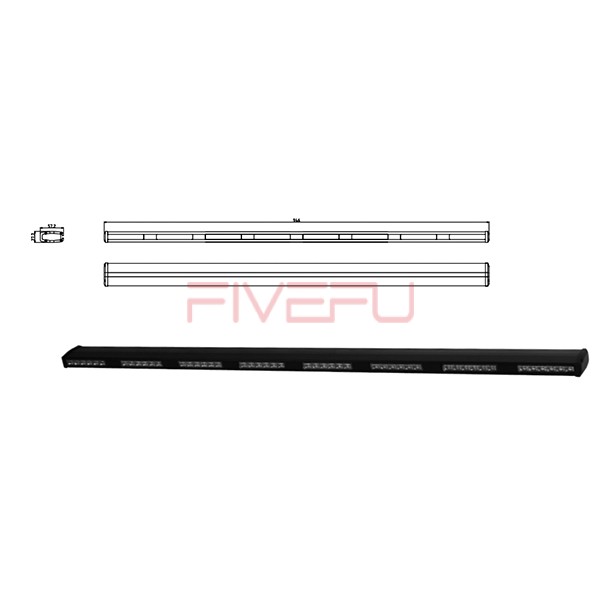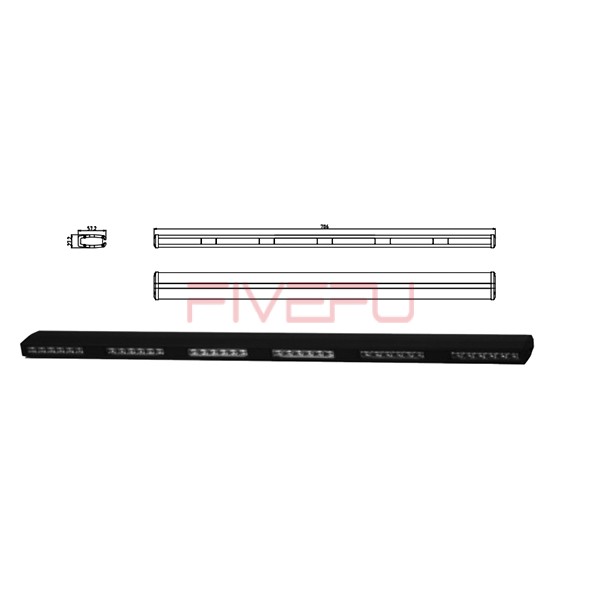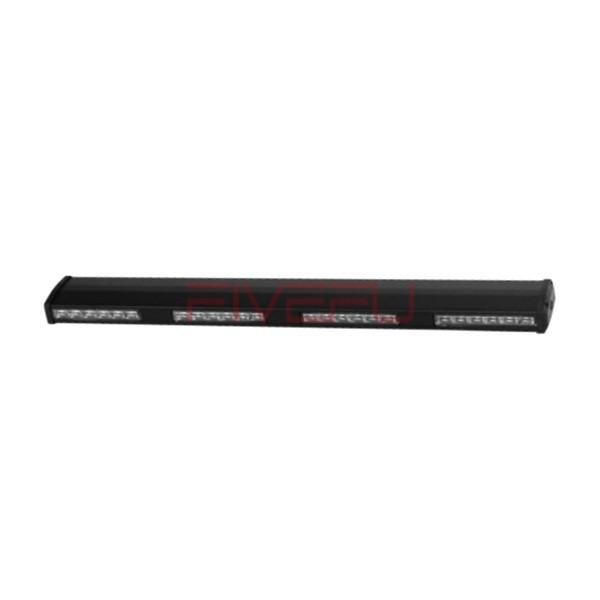When emergencies strike, delayed response costs lives. Without advanced visual and audible alerts, roads become chaotic, risking accidents and slow assistance. Technology-driven lights and sirens ensure faster, safer responses.
Police car lights and sirens rely on LED technology, electronic siren systems, and control modules. LEDs deliver bright, energy-efficient illumination, while electronic sirens generate distinct tones. Together, they provide maximum visibility and audibility, ensuring safety and rapid emergency response.
Stay with us to explore how lights and sirens function and the engineering that makes them reliable in every critical situation.
Evolution of Police Car Lights
In the early days, police cars used rotating beacons with incandescent bulbs. These were bulky, power-hungry, and less reliable. Today, modern vehicles utilize LED technology, which is brighter, longer-lasting, and energy-efficient. Unlike traditional bulbs, LEDs illuminate instantly, consume less power, and withstand vibrations and harsh weather.
Moreover, LED arrays can produce multiple colors, such as red, blue, and white, used in combination for maximum attention. Flash patterns are programmable, enabling departments to choose patterns that enhance visibility in different scenarios, such as pursuits, roadblocks, or emergency stops.
How Modern Sirens Work
Police sirens are no longer mechanical air horns. Instead, they rely on electronic sound generation. Control units send electrical signals to high-output speakers, producing loud, distinct tones like “wail,” “yelp,” and “hi-lo.” Each tone is designed for specific traffic scenarios. For example, the “wail” covers long distances, while “yelp” works best in dense urban areas with heavy traffic.
Advanced sirens also incorporate low-frequency tones that penetrate vehicle cabins, ensuring that even drivers with loud music or soundproofed cars notice emergency vehicles. Multi-tone systems allow officers to switch between modes instantly to adapt to real-time conditions.
Integration of Lights and Sirens
Modern emergency vehicles integrate lights and sirens through centralized control systems. Officers use a compact console or steering-wheel buttons to activate specific light patterns and sound modes simultaneously. Some systems even synchronize flash and sound bursts, amplifying the attention-grabbing effect.
Smart integration also enables priority programming: when sirens are engaged, headlights may flash automatically, and rear light bars switch to warning patterns for trailing traffic. This automation reduces distraction for officers while maximizing safety on the road.
The Role of Control Modules and Software
Behind the dashboard, microprocessor-based control modules manage both lights and sirens. These systems are programmable, allowing police departments to configure patterns according to local laws and operational needs. Some modules also feature diagnostics, alerting technicians to faults in the system for quick repairs.
Software-based updates mean fleets can standardize light sequences and siren tones, ensuring consistency across all vehicles. This level of customization ensures compatibility with regional standards and improves coordination during multi-agency emergencies.
Future Technologies in Police Lights and Sirens
Emerging technologies are enhancing safety further. For instance, some vehicles now include directional sound sirens, which project sound waves in specific directions, reducing noise pollution while still alerting relevant motorists.
Connected vehicle technology is also being tested: when a police car activates its sirens, nearby smart cars receive alerts through vehicle-to-vehicle (V2V) communication systems, warning drivers before they even hear or see the emergency vehicle.
Additionally, strobe patterns combined with infrared emitters may help emergency vehicles communicate with traffic signals, enabling automatic light changes to clear intersections.
Summary
Police car lights and sirens combine LED technology, electronic sound systems, and smart control modules to maximize safety and emergency response.
